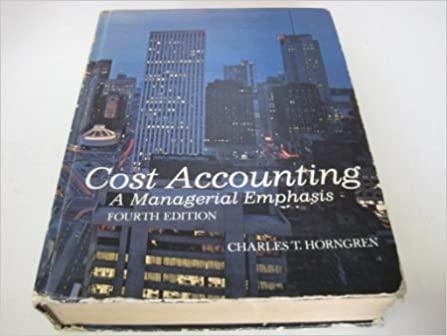

Required information [The following information applies to the questions displayed below.) Assume for each of the following independent cases that the annual accounting period ends on December 31. Revenues for the year were $151,000. Expenses for the year were $174,000. Case A: Assume that the company is a sole proprietorship owned by Proprietor A. Prior to the closing entries, the capital account reflects a balance of $56,000 and the drawing account shows a balance of $12,000. Case B: Assume that the company is a partnership owned by Partner A and Partner B. Prior to the closing entries, the owners' equity accounts reflect the following balances: A, Capital, $45,000; B, Capital, $45,000; A, Drawings, $8,000; and B, Drawings, $10,000. Profits and losses are divided equally. Case C: Assume that the company is a corporation. Required: 1. Provide all the closing entries required at December 31 for each of the separate cases. (If no entry is required for a transaction/event, select "No journal entry required" in the first account field.) Debit Credit No 1 Transaction Case A: X Answer is not complete. General Journal A, Capital Revenue accounts Expense accounts Case A: A, Capital A, Drawings Case B: A, Capital B, Capital Revenue accounts Expense accounts blok sik soos o sos | Case B: A, Capital B, Capital A, Drawings B, Drawings 5 Case C: Retained earnings Revenue accounts Expense accounts Required information [The following information applies to the questions displayed below.) Assume for each of the following independent cases that the annual accounting period ends on December 31. Revenues for the year were $151,000. Expenses for the year were $174,000. Case A: Assume that the company is a sole proprietorship owned by Proprietor A. Prior to the closing entries, the capital account reflects a balance of $56,000 and the drawing account shows a balance of $12,000. Case B: Assume that the company is a partnership owned by Partner A and Partner B. Prior to the closing entries, the owners' equity accounts reflect the following balances: A, Capital, $45,000; B, Capital, $45,000; A, Drawings, $8,000; and B, Drawings, $10,000. Profits and losses are divided equally. Case C: Assume that the company is a corporation. 2. Show how the statement of owners' equity would appear at December 31 for Case A and Case B. Case A: Sole Proprietorship Statement of Owner's Equity A, Capital, January 1 Less: Net loss Total Less: Withdrawals A, Capital, December 31 Case B: Partnership Statement of Partners' Equity A B Total Partner's equity, Janurary 1 $ 90,000 Less: Net loss 23,000 Total 100 67,000 Less: Withdrawals 18,000 Partner's equity, December 31 $ 0 0 $ 49,000








